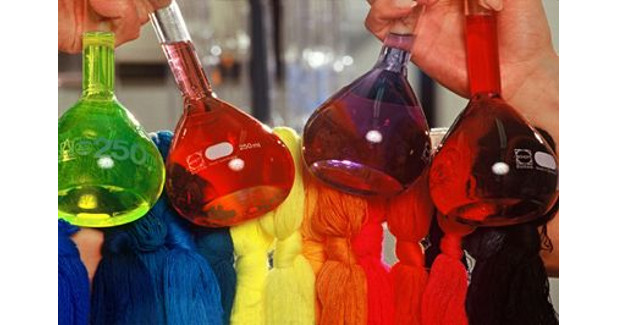
EU project assesses ‘critical’ PFAS use in textiles
Most textiles do not require high water and oil repellency, and use of per- and polyfluoroalkyl substances (PFAS) should be limited to applications for which technical performance is "unique and critical", according to the European Commission. For other applications, safer alternatives should be used, said the Commission’s Valentina Bertato.
Most textiles do not require high water and oil repellency, and use of per- and polyfluoroalkyl substances (PFAS) should be limited to applications for which technical performance is "unique and critical", according to the European Commission. For other applications, safer alternatives should be used, said the Commission’s Valentina Bertato. She was speaking at an event in June marking the completion of an EU project – analysing chemicals used to provide water and oil repellency in textiles.
The project – MIDWOR-Life – launched in 2015 and is funded by the EU Life+ programme. It aims to reduce the environmental and health impacts of durable water and oil repellents (DWOR) by setting policy recommendations. These will aim to promote greater implementation of "less toxic and most effective" alternatives to fulfil obligations under REACH and for establishing future policies or voluntary schemes, at the European, regional and local level.
The project concluded that although fluorine-free products can achieve comparable water repellency to fluorocarbons, only fluorinated compounds provide oil repellency. But fluorine-free products had a significantly reduced environmental footprint compared with conventional fluorinated technology. Stakeholders at the event, which included representatives from the authorities, industry and NGOs, discussed the need to define critical applications where oil repellency is essential, in order to include them as derogations within a possible restriction, to be proposed by Norway, on the short-chain fluorocarbon PFHxS.
Ms Bertata gave the example of certain personal protective clothing for industrial workers. The event gathered 36 stakeholders in the field of substitution of per- and polyfluorinated substances (PFCs) in the textile industry. They came from 10 European countries. A risk assessment of occupational health, carried out for the project, showed that long-chain fluorocarbons present a moderate risk to workers, while short-chain fluorocarbons have a mitigated impact to workers’ safety and exposure is highly dependent on industrial settings.




